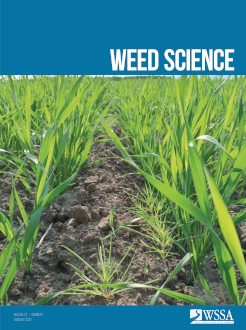Rapid increase in the hectarage and agricultural systems that use cover cropping for soil conservation and improvement, soil moisture retention, and weed management has highlighted the need to develop formal breeding programs for cover crop species. Cereal rye (Secale cereale L.) is preferred by many growers due to high biomass production and weed-suppression potential, which is believed to be partially due to allelopathy. Rye germplasm exhibits large variability in allelopathic activity, which could be used to breed rye with enhanced weed suppression. Here, we provide an overview of rye history and breeding and describe a strategy to develop rye lines with increased allelopathic activity. The discussion focuses on ways to deal with important challenges to achieving this goal, including obligate cross-pollination and its consequent high segregation levels and the need to quantify allelopathic activity under field conditions. This review seeks to encourage weed scientists to collaborate with plant breeders and promote the development of cover crop cultivars better suited to reduce weed populations.
How to translate text using browser tools
17 November 2023
Breeding Allelopathy in Cereal Rye for Weed Suppression
Democrito Rebong,
Shannon Henriquez Inoa,
Virginia M. Moore,
S. Chris Reberg-Horton,
Steven Mirsky,
J. Paul Murphy,
Ramon G. Leon
ACCESS THE FULL ARTICLE

Weed Science
Vol. 72 • No. 1
January 2024
Vol. 72 • No. 1
January 2024
allelochemical
benzoxazinoid
Cover crop
DIBOA
Genetics
selection





